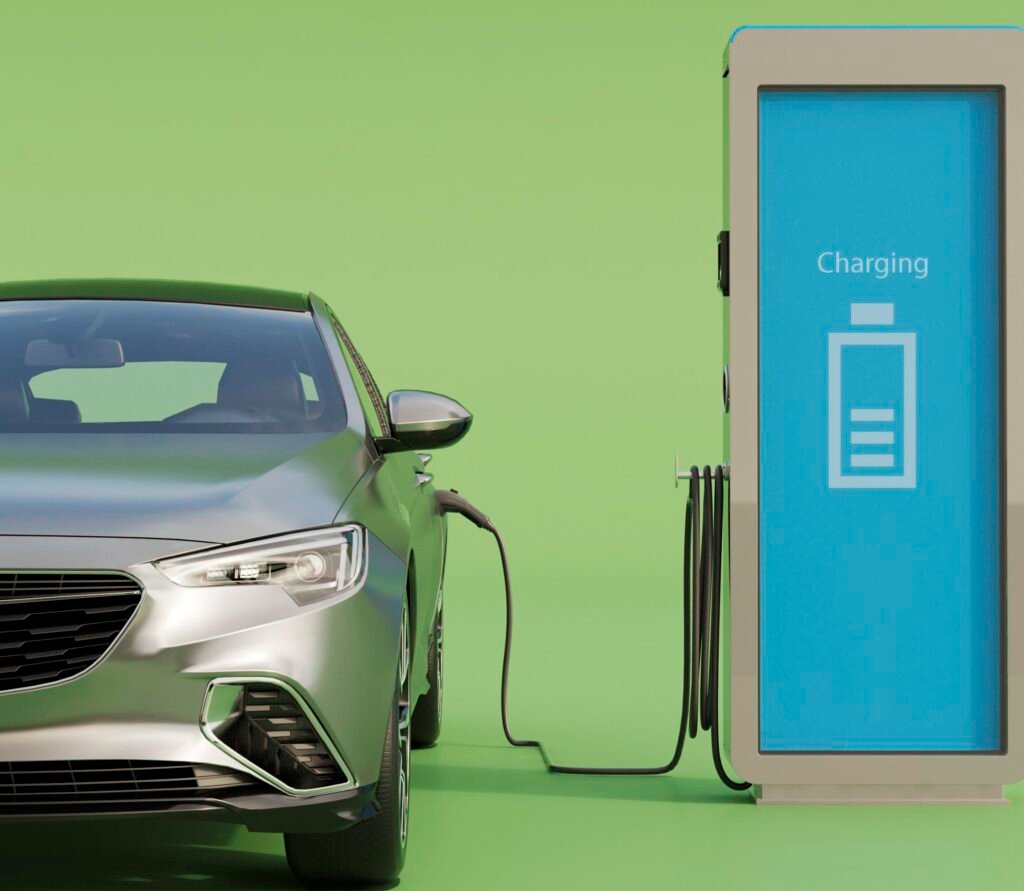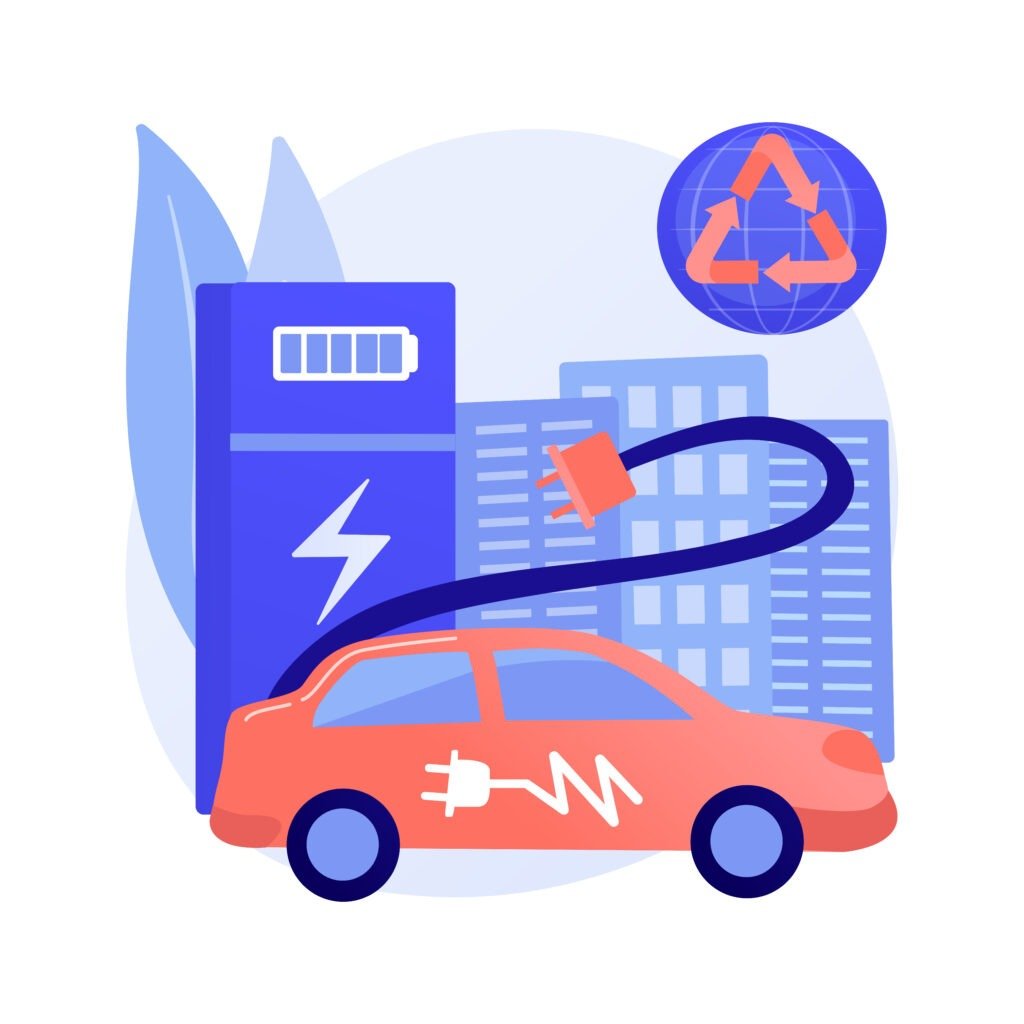IoT(Internet of Things) in Electrical Power Grid offers a new approach to electrical grid management by connecting devices, sensors, and systems across the grid. These connected devices collect real-time data on grid performance, energy consumption, and environmental conditions. This data is then analyzed to optimize grid operations, improve reliability, and enhance sustainability.

Table of Contents
ToggleWhat is IoT(Internet of Things)?
IoT is an emerging paradigm of Internet connected things that allow the physical objects or things to connect, interact and communicate with one another similar to the way humans talk through the web in today’s environment. It connects systems, sensors and actuator instruments to the broader Internet.
IoT(Internet of Things) in Electrical Power Grid
The major area where IoT deals with energy management systems is the smart grid. IoT extends smart grid benefits beyond the automation, distribution and monitoring being done by the utilities. IoT(Internet of Things) play vital role to make Electrical power grid as a smart grid. IoT tasks in the field of electrical energy include:
Smart Power Grid
A smart grid, unlike a typical grid with one way communication, is a complex network involving many two way interactions between equipment and supply chain actors. This structure allow for a variety of scenarios for how generated energy can be moved and controlled.
IoT base smart grid provide best solution for consumers and energy producers. IoT sensor deployed across substations and transmission lines capture data on voltage, current, and other vital parameters. This data is transmitted in real-time, enabling utilities to monitor grid health, detect abnormalities, and proactively address potential issues.
Smart Metering
A Smart Meter is an intelligent digital device that is designed to replace the traditional electricity meter. It can be equipped with a display screen that shows the exact energy usage in real-time. Installing a smart meter helps you get rid of estimated bills by allowing you to control and reduce energy consumption.
IoT enabled smart meter is a combination of software or hardware. Smart meters with IoT capabilities can communicate with other IoT-enabled devices, such as personal home automation or energy management systems, to provide real-time data and enable control or automation functionalities.
SCADA(Supervisory control and data acquisition)
Supervisory control and data acquisition (SCADA) is a system of software and hardware elements. SCADA is play more important role to make electrical smart grid. Benefits of using IoT eneble SCADA, such as real-time data collection, remote monitoring, and predictive maintenance.
IoT enabled SCADA improves the efficiency of the power system, reduces the cost of manual labour by automating tasks, reduces the downtime due to power outages by facilitating quick fault detection and also reduces the frequency of faults by continuous monitoring.
Home and Building Automation

Monitoring and controlling electrical components in homes and buildings is the primary goal of IOT devices.
Consumers can control the electricity usage in their homes by using IoT to turn their home appliances on or off based on their usage and surrounding conditions.
Building automation systems work by connecting all the building’s electrical, air conditioning, lighting, water, elevator and other equipments in one network. This is then controlled from one central location using an automated system that can rely on a few sensors and what it has learned from its environment to efficiently manage those systems.
Energy Transmission and Distribution
Power transmission and distribution usually include electrical substation equipment, transmission lines, generators, transformers, etc. All this equipment requires constant monitoring in order to prevent faults.
IoT- embedded asset management solution allows to monitor and track physical assets and their data. With IoT technologies implemented, asset maintenance systems can detect the sources of failures and faults before the latter becomes crucial, thereby improving the reliability and availability of the assets.
The ability of IoT to deliver real-time information can significantly contribute to balancing energy supply and energy demand, effectively managing congestions on transmission and distribution lines.
Conclusion
IoT has the potential to transform the electric power industry significantly. It is all about the connection of assets, data, and technology personalization. More and more devices and sensors are being connected to the digital world. By using post-time and real-time information with analytics, IoT can enhance the reliability of assets, reduce operational costs, and eliminate unplanned downtime, letting electric power companies achieve higher productivity.
Frequently Asked Question(FAQ)
How does the smart grid system benefit the environment in IoT?
The smart grid system in IoT benefits the environment by optimizing energy distribution, reducing energy waste, integrating renewable energy sources efficiently, and enabling real-time monitoring. This leads to a more sustainable and eco-friendly energy infrastructure.
What is a smart grid?
A smart grid is an intelligent and digitally enhanced electricity distribution system. Its function is to improve efficiency, reliability, and sustainability by integrating advanced communication and control technologies. It enables bidirectional communication between utilities and consumers.
What kind of power supply device use by IoT?
Some IoT devices are connected to the main power source, such as a wall outlet, and use an AC-powered power supply to convert the AC power into the DC power needed by the device. AC-powered power supplies are often larger and more complex than battery- or solar-powered power supplies.
Imprtance of power consuption in IoT base power grid?
IoT sensors and meters can be deployed to monitor energy consumption in real time, providing valuable data to consumers and organisations. This data allows for better decision-making and identification of energy-wasting areas that can be optimised for energy savings.
How IoT use at Home?
IoT makes our homes “smart”, letting homeowners manage lighting, air conditioning, security systems, and home appliances with just one touch.


